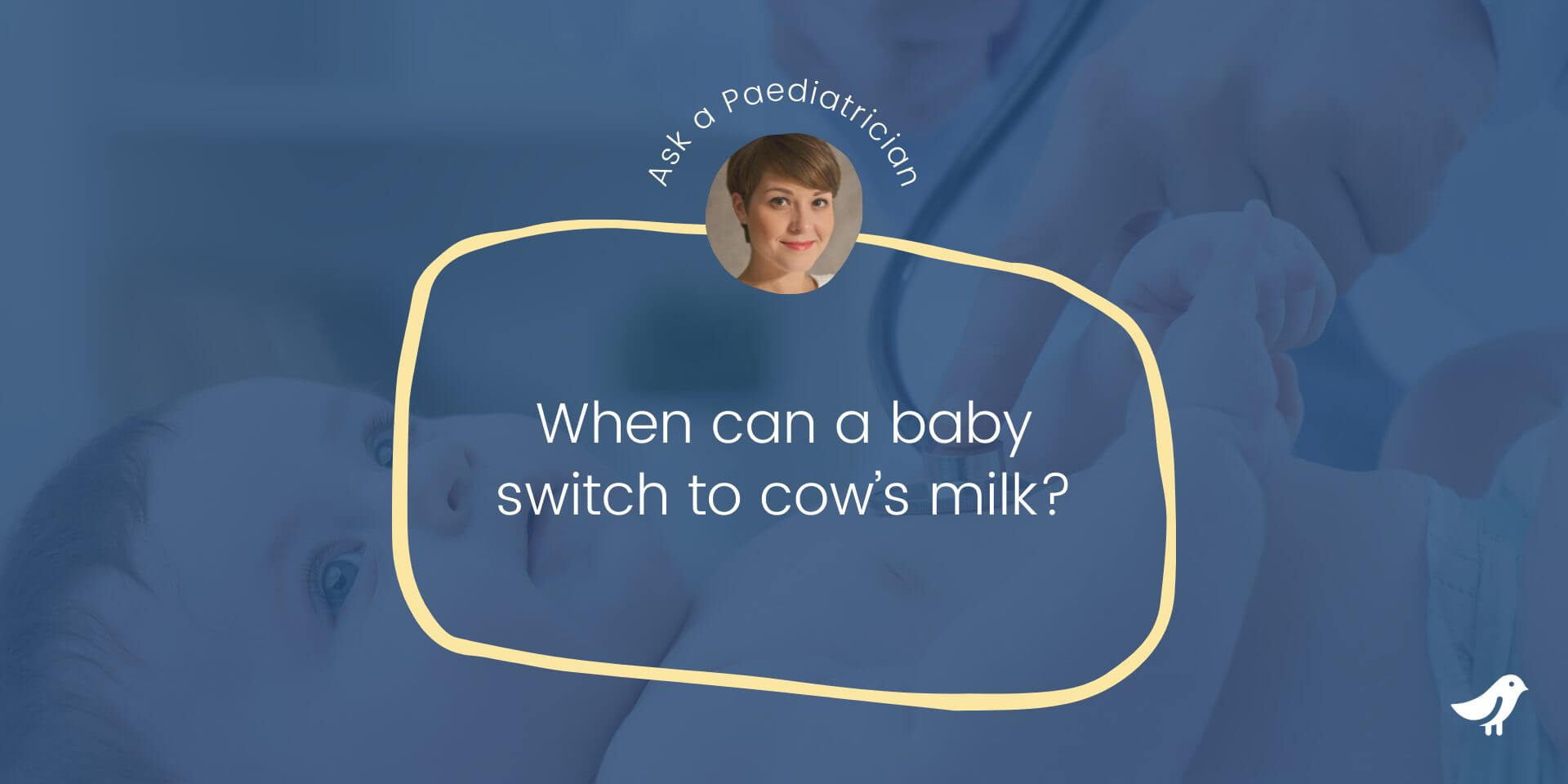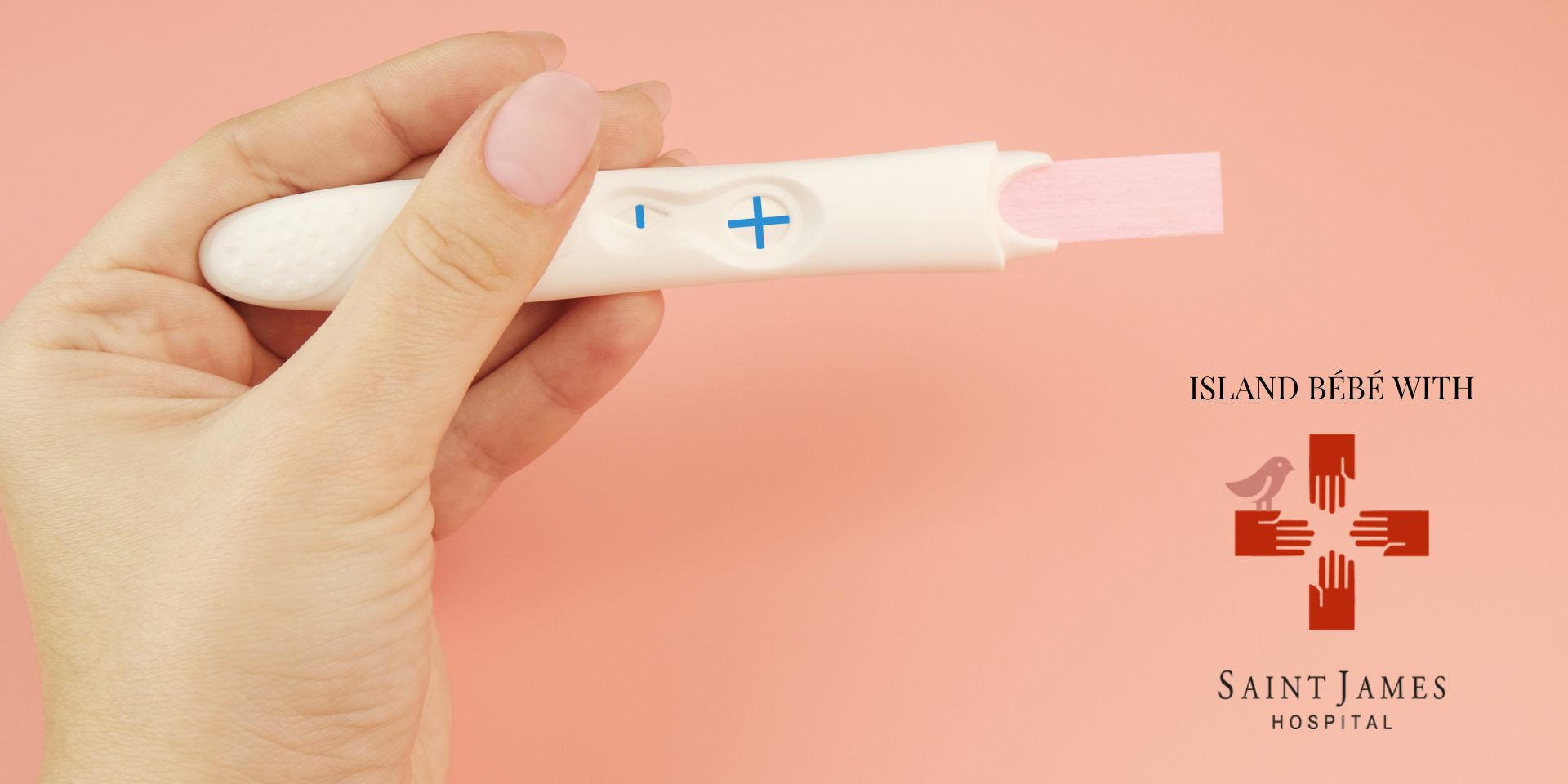 Dr Alexandra Camilleri Warne, a paediatrician in Malta, answers your questions on newborns, toddler health and everything in between.
Dr Alexandra Camilleri Warne, a paediatrician in Malta, answers your questions on newborns, toddler health and everything in between.
In our fifth instalment of this series, we ask about when baby can switch to cow’s milk, and how to make the transition.
When should we replace formula milk with cow’s milk?
Official guidelines recommend parents hold off until babies are between 9 and 12 months old before introducing cow’s milk. Prior to the age of one, cow’s milk is not an appropriate substitute for breastmilk or formula.
This means that you can introduce some cow’s milk with baby cereal, for example, and you can give yoghurt which contains cow’s milk. But cow’s milk should not substitute the milk one puts in a baby’s bottle – until your baby is one year old they should be having expressed breast milk, formula milk or be directly breastfed.
Younger babies aren’t ready to digest cow’s milk, and can develop an iron deficiency if they’re drinking too much cows’ milk and not eating enough iron-rich foods, such as meat, eggs and fortified cereals.
How can we make the switch?
You can start introducing cow’s milk by mixing it with baby cereal around the 9-10 month mark. Once your baby turns one, you can start replacing formula/breastmilk with cow’s milk. At the beginning, start with daytime bottles so that if it upsets the baby or causes a reaction it will not happen during the night. Eventually, you can then switch all bottles/breastfeeds to cow’s milk.
When shopping for cow’s milk, opt for pasteurized, whole (full fat) milk.
Babies over one year of age can also receive formula – there is formula specifically for this age. Whether to start formula or switch to cow’s milk is best discussed with your paediatrician as each and every baby is different – it’s best to get tailored nutrition advice from your paediatrician.
A few guidelines.
If your child is over a year old, it is recommended to offer milk in a regular cup alongside meals and snacks. Using a cup will help children learn to drink and encourage healthy cheek, bone and jaw development—not to mention healthier teeth.
Toddlers who are attached to their bottles and beakers may drink more milk than they need. And giving children more than 750ml of milk daily might in turn reduce their intake of other nutritious foods as the milk makes them full. High milk intake may interfere with iron absorption from other foods.
Read more from Dr. Alexandra Camilleri Warne MD, MRCPCH (UK) in these articles:
List articles
When Should You Introduce Your Baby to a Paediatrician in Malta?
Is my Newborn Baby Gaining Enough Weight?
Nursery Illness: How to Avoid Spread
What’s the Difference Between Infant Formula Stage 1 and Formula Stage 2?
Follow us on Facebook and Instagram to make sure you don’t miss out on all our local parenting content.
This information is being provided for informational purposes only and should not be construed as official medical advice.



